Alibaba |
- the largest Chinese and the world’s largest B2B e-commerce marketplace;
|
- covers 80% of online sales in China;
|
- operates in 200 countries;
|
- also operates other huge e-commerce sites such as AliExpress, TMall and Taobao.
|
AliExpress |
- Alibaba-owned marketplace that targets buyers outside China;
|
- offers international shoppers goods at factory prices without a minimum order size;
|
- has users from over 220 countries;
|
- has a global English site and operates in 15 other languages.
|
Flipkart |
- India’s largest marketplace with over 10 million customers and 100,000 suppliers
|
HipVan |
- Singapore-based e-commerce platform
|
- offers goods from design studios and independent designers
|
- its aim is to fight with low quality goods from China
|
JD.com |
- the second-largest Chinese B2C marketplace with over 300 million users.
|
- Kaola, Tmall, Taobao are also huge Chinese marketplaces. Taobao is listed as the ninth most visited website in the world.
|
Lazada |
- is also called “the Asian Amazon”
|
- operates in Indonesia, Malaysia, Philippines, Singapore, Thailand, and Vietnam
|
Qoo10 |
- Singapore-based marketplace operating in China, Indonesia, Malaysia, and Hong Kong
|
- accounts for more than a third (32.6%) of Singapore’s ecommerce market
|
Rakuten |
- Japanese marketplace selling over 18 million products
|
- has over 105 million members in Japan, it has the largest market share in the country – around 80% of Japan’s population buy from their site
|
Shopee |
- one of the leading mobile e-commerce platforms in Southeast Asia
|
- operates in Singapore, Malaysia, Thailand, Taiwan, Indonesia, Vietnam, and the Philippines
|
Snapdeal |
- India-based marketplace with over 40 million users, 300,000 sellers and 35 million products
|


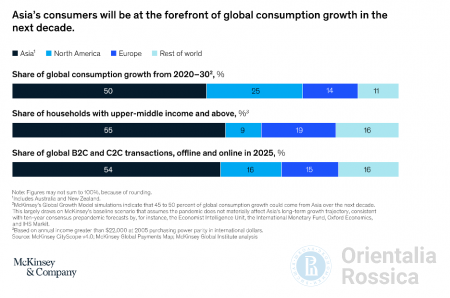
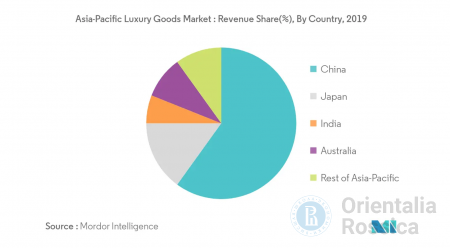
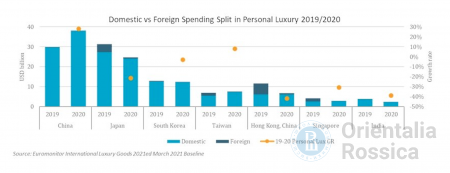

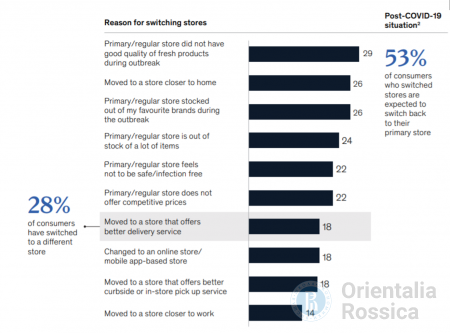
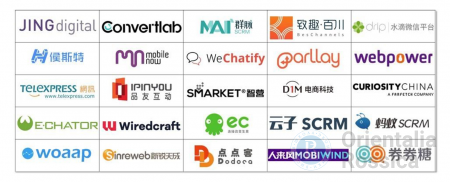
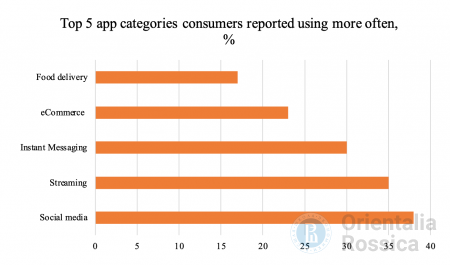
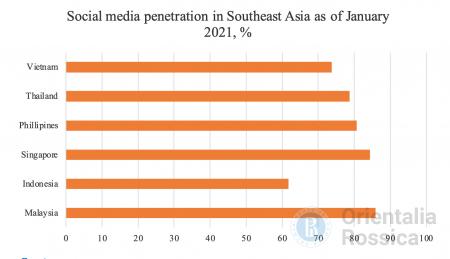
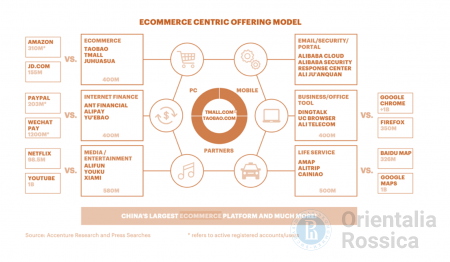





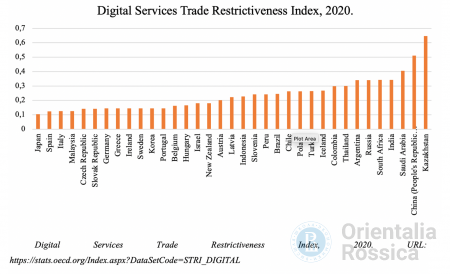
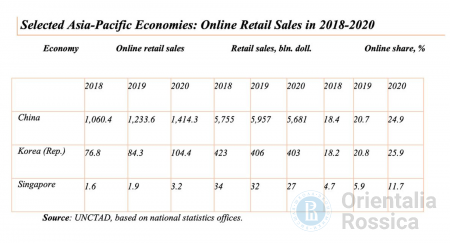
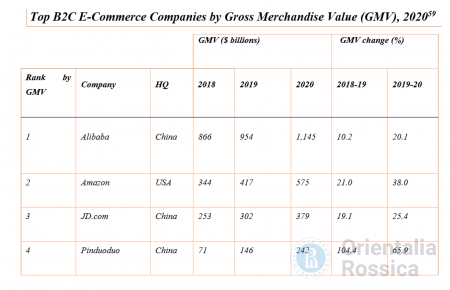
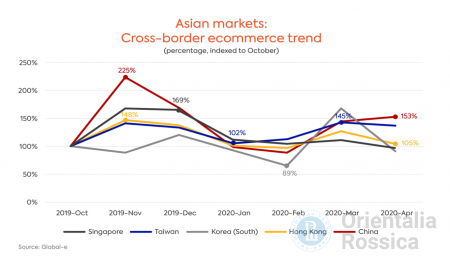
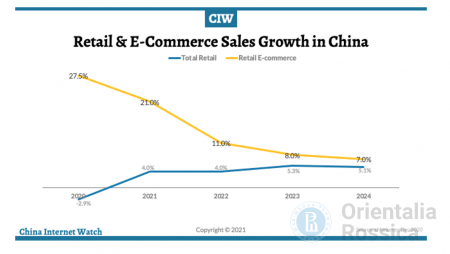


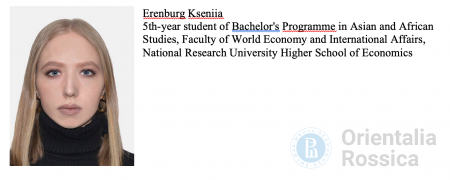







Комментарии
Добавить комментарий